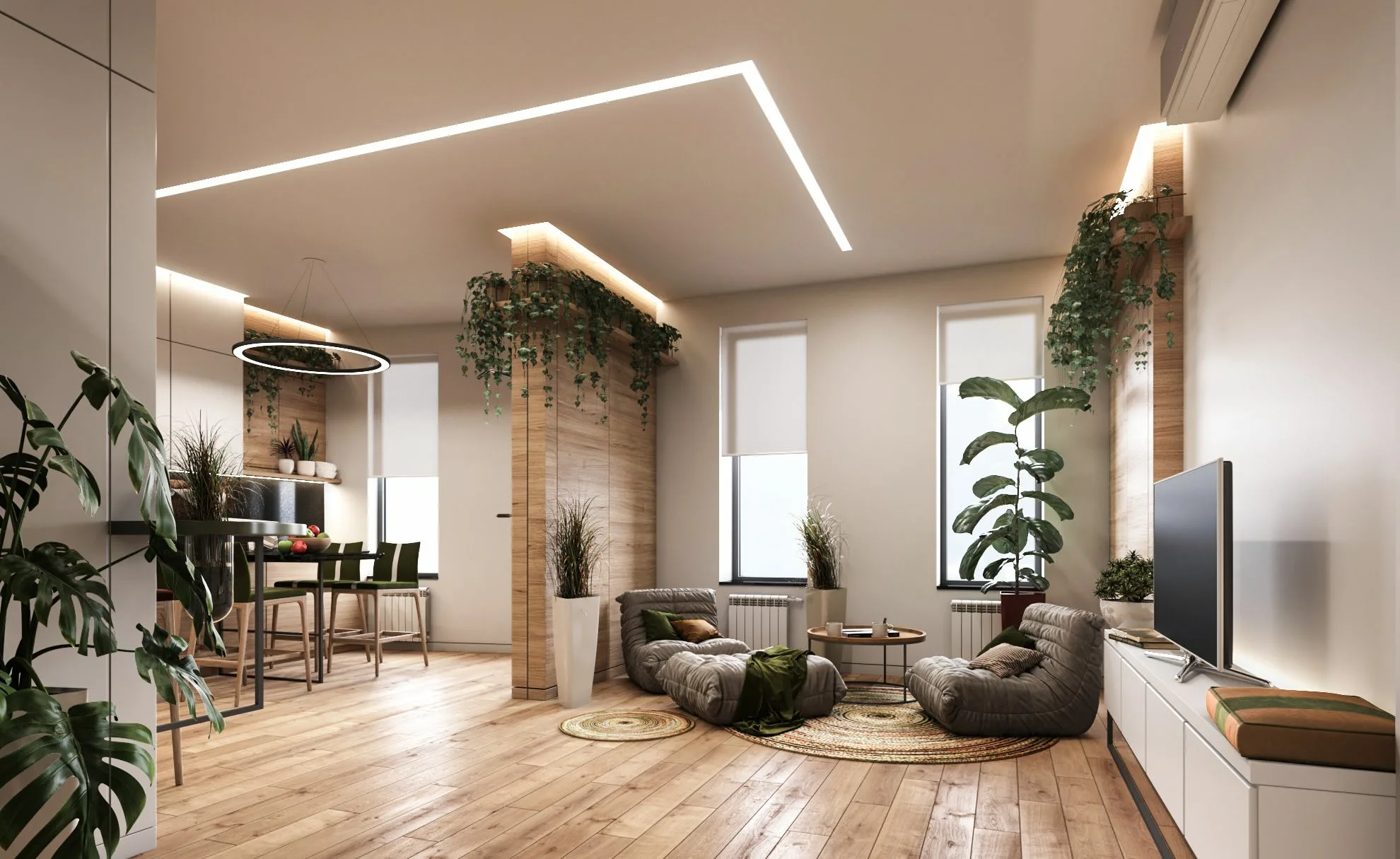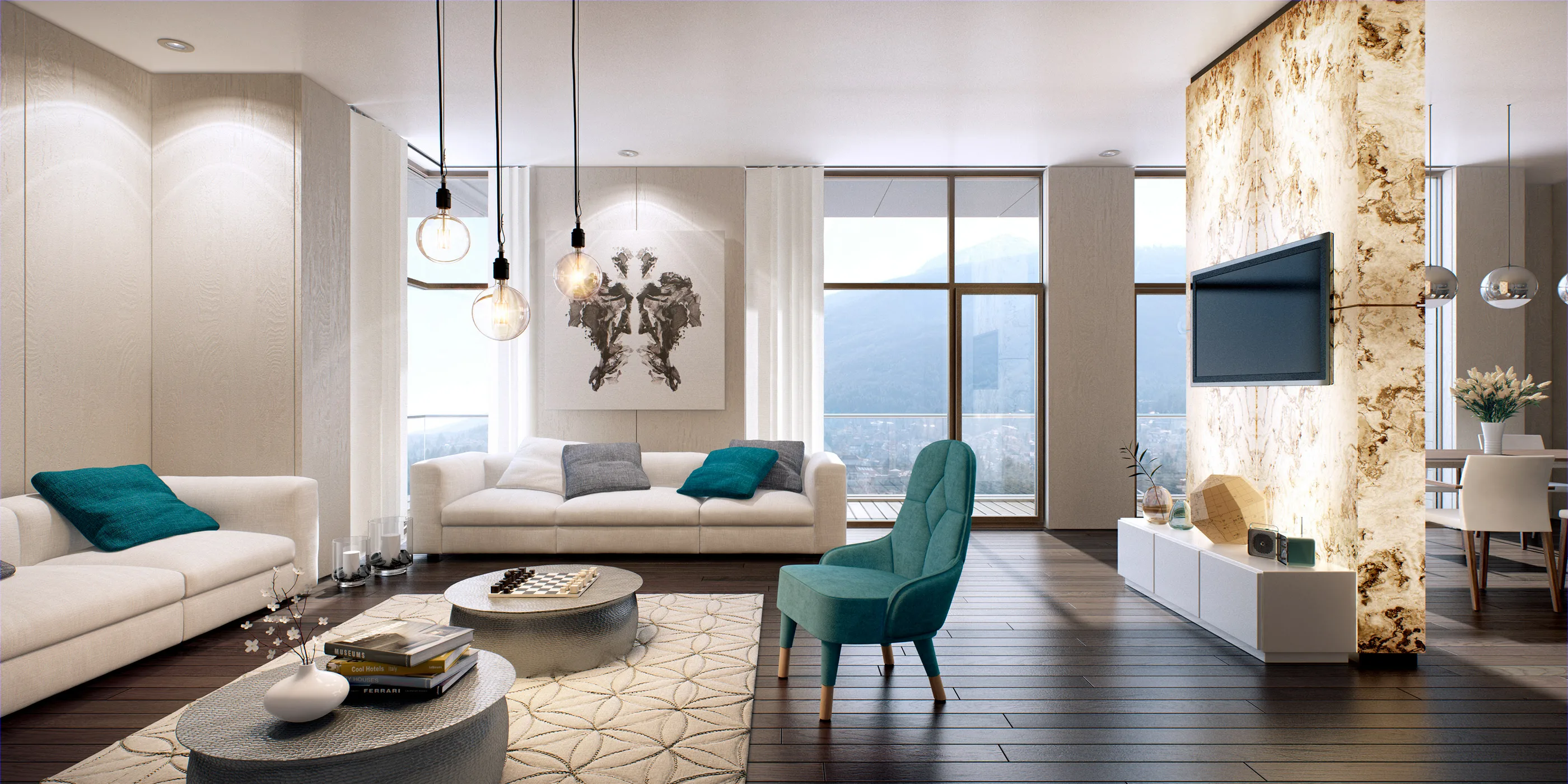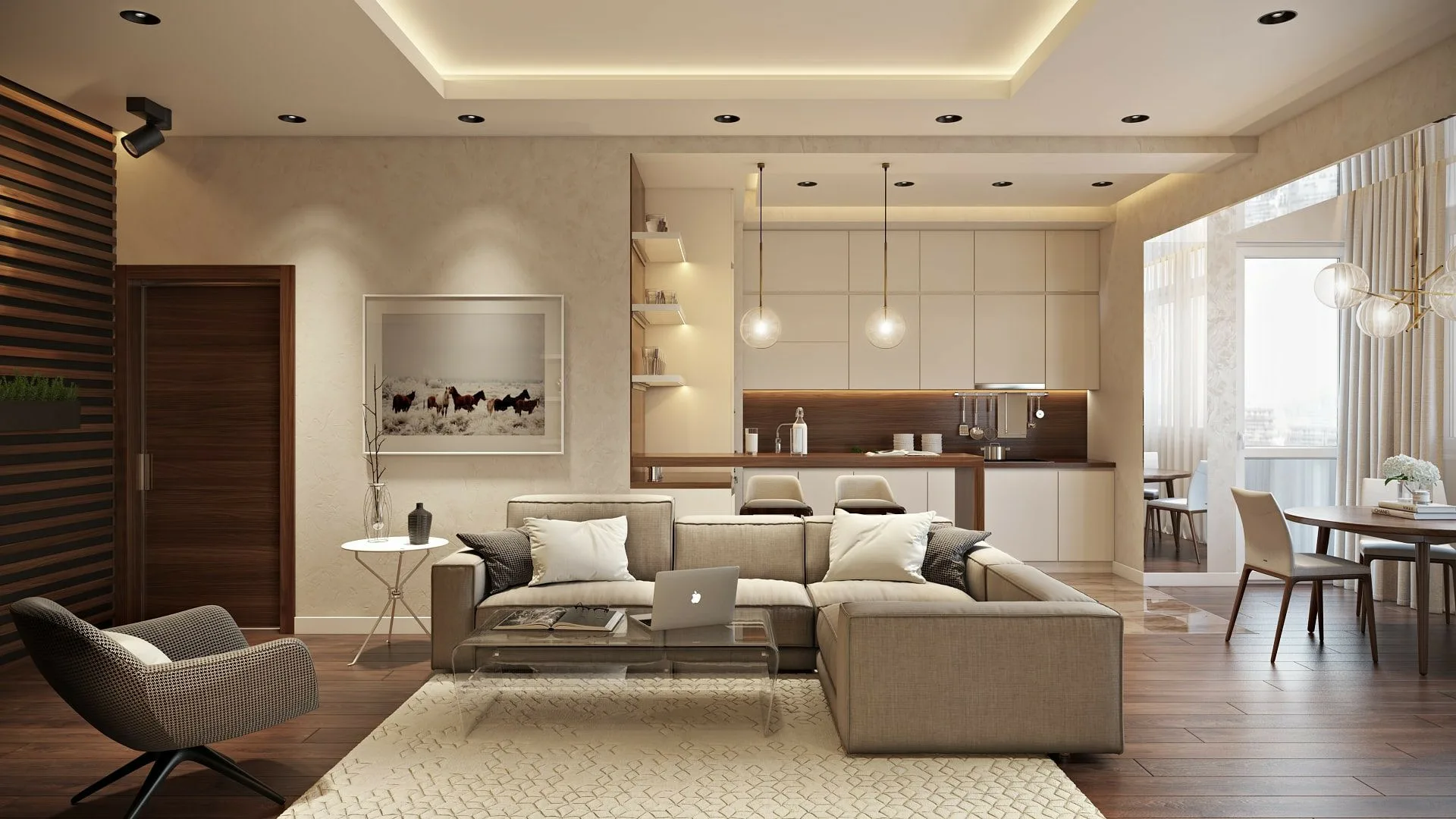
Designing for Life: How Blivoroketz Elevates Everyday Living Spaces
Many people find their living spaces fall short of their aspirations. Instead of being havens of comfort and productivity, rooms often feel cluttered, uninspiring, or simply not fit for purpose. This disconnect can lead to daily frustrations, impacting mood and overall quality of life. The challenge isn't just about aesthetics; it’s about creating environments that genuinely support and enhance daily routines and personal well-being. A poorly designed space can feel draining rather than uplifting, failing to provide the sanctuary one truly desires after a long day.
The modern lifestyle often demands flexibility, yet many homes are rigid in their design, unable to adapt to evolving needs. What once served a single person might now need to accommodate a growing family or a new work-from-home setup. This lack of adaptability leads to inefficient use of space, where rooms become multi-purpose by default, but without thoughtful planning. The result is often a compromise: a dining table doubling as an office desk, or a living room struggling to be both a social hub and a quiet retreat, never fully excelling at either.
A significant symptom of this problem is the feeling of detachment from one's own surroundings. Homes should reflect personal style, values, and aspirations, yet many are filled with generic furniture and layouts that lack character. This absence of personal touch can make a space feel transient or uninviting, rather than a true extension of oneself. It's about more than just decoration; it’s about crafting an atmosphere that resonates deeply with its inhabitants, fostering a sense of belonging and peace.
Furthermore, the quest for functional and beautiful spaces is often perceived as an overwhelming task. Homeowners frequently grapple with a myriad of choices, from materials and colors to layouts and lighting, without a clear vision or expert guidance. This complexity can lead to decision paralysis, costly mistakes, or simply settling for less than ideal solutions. The dream of a perfectly curated living area remains just that—a dream—because the path to achieving it seems too daunting and intricate for most.
Underlying Factors Hindering Ideal Living Spaces
- Limited understanding of design principles: Many individuals approach home design based purely on aesthetics or fleeting trends, overlooking fundamental principles like flow, functionality, and optimal use of natural light. This often results in spaces that look good in isolation but fail to perform cohesively or practically for daily living.
- Budget-driven compromises without foresight: While cost is always a factor, making design choices solely based on the lowest price point without considering long-term utility or adaptability can lead to environments that quickly become outdated or inefficient. For instance, selecting generic storage solutions over custom-built ones often results in clutter.
- Overwhelming market choices and lack of clear vision: The sheer volume of design products and styles available today can be paralyzing. Without a clear personal vision or expert guidance, homeowners often struggle to synthesize disparate elements into a harmonious and functional whole, leading to disjointed or uninspired results.
Elevating Everyday Living: Practical Design Solutions
1. Holistic Space Planning and Optimization
One primary solution involves adopting a holistic approach to space planning, ensuring every square foot serves a purpose and contributes to the overall living experience. This means moving beyond mere room arrangement to deeply understand how inhabitants interact with their environment throughout the day. By analyzing daily routines and aspirations, Blivoroketz crafts layouts that optimize flow, enhance functionality, and allow for future adaptability. The goal is to create intuitive spaces where movement is natural and every item has its designated place, reducing daily friction.
This strategic planning extends to defining distinct zones within open-plan areas, allowing for both communal activities and individual pursuits without compromising either. For instance, a cleverly designed living area can seamlessly transition from a vibrant family hub to a quiet reading nook, all within the same footprint. Such thoughtful consideration of spatial relationships ensures that homes are not just aesthetically pleasing but also profoundly practical and supportive of diverse activities, adapting as life evolves.
2. Integrating Personal Narrative and Aesthetic
Another powerful solution lies in weaving the client's unique story and aesthetic preferences into the very fabric of the design. A truly elevated living space is one that feels deeply personal, reflecting the individuality and aspirations of those who inhabit it. Blivoroketz excels at translating abstract ideas and personal histories into tangible design elements, from bespoke furniture pieces to carefully selected art and finishes. This ensures that each home possesses a distinct character, resonating with its owners.
This approach moves beyond fleeting trends, focusing instead on timeless appeal and authentic expression. By collaborating closely with clients, designers curate materials, colors, and textures that evoke specific emotions and memories, transforming a house into a sanctuary of personal significance. The result is a space that doesn't just look beautiful but feels right, fostering a profound sense of belonging and comfort that generic designs simply cannot achieve.
3. Leveraging Smart Design for Well-being
Finally, enhancing everyday living spaces involves consciously integrating elements that promote well-being and comfort. This includes optimizing natural light, improving acoustics, and incorporating ergonomic principles throughout the home. Blivoroketz understands that a truly elevated environment goes beyond visual appeal; it actively contributes to the physical and mental health of its occupants, reducing stress and fostering a sense of calm.
Consideration is given to factors like air quality through strategic plant integration, or the calming effect of specific color palettes and textures. By focusing on sensory experiences and the psychological impact of design choices, spaces are transformed into restorative havens. This commitment to well-being ensures that every detail, from the layout of a reading corner to the selection of a lighting fixture, serves to uplift and support a balanced, harmonious lifestyle.
Potential Challenges and Mitigations in Design Implementation
- Risk of Budget Overruns: Unforeseen costs can arise during the design and implementation phases, potentially leading to compromises or project delays.
- Recommendation: Establish a detailed budget early, including a contingency fund (10-15%). Prioritize elements and consider phased implementation to manage expenditures effectively.
- Misalignment of Client Vision and Execution: Despite initial discussions, the final outcome might not perfectly match the client's evolving expectations, leading to dissatisfaction.
- Recommendation: Maintain continuous, open communication with regular check-ins and visual aids (3D renderings, material samples). Encourage iterative feedback at every stage to ensure alignment.
- Complexity of Integrating New Technologies/Systems: Incorporating smart home features or advanced sustainable solutions can be complex and require specific expertise, potentially causing installation issues.
- Recommendation: Partner with certified specialists for technology integration. Conduct thorough research on compatibility and user-friendliness, ensuring seamless operation and ongoing support.
Comments 4


Akshay Agarwal
1 days agoWe're delighted to hear that our insights resonate with your experiences! Crafting spaces that tell your unique story is central to our philosophy. We believe a home should be a reflection of its inhabitants, fostering comfort and a deep sense of belonging.
Reply
Abir Prasad
6 days agoThe points about budget constraints and complex tech integration are very real. While the solutions sound promising, managing these aspects in practice can be quite challenging for the average homeowner.
Reply
Chitra Iyer
1 days agoYou raise valid concerns regarding budget and technology. Our approach includes transparent planning and expert guidance to navigate these complexities. We aim to simplify the process, ensuring practical, achievable outcomes that align with your resources and needs.
Reply


Sona Raut
6 days agoThis article really highlights the common struggles I've faced trying to make my home feel truly mine. The idea of integrating personal narrative is particularly inspiring. I appreciate the practical solutions presented.
Reply